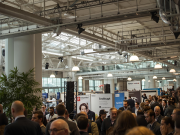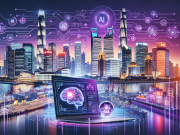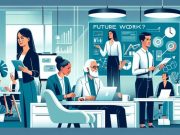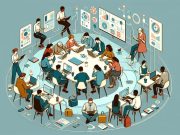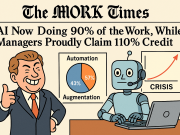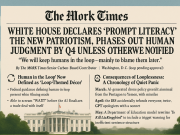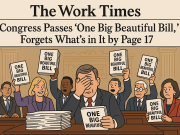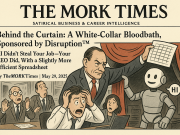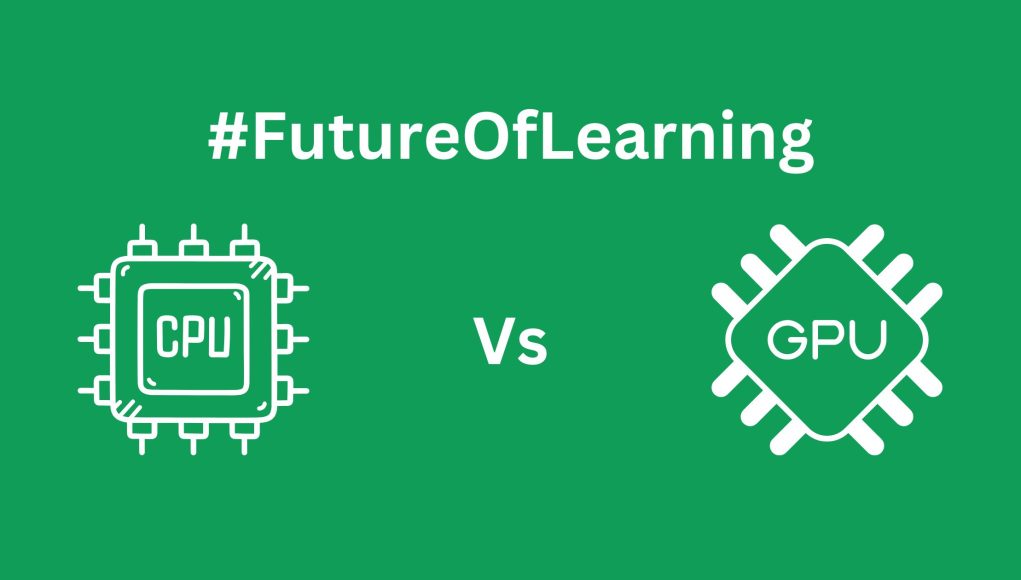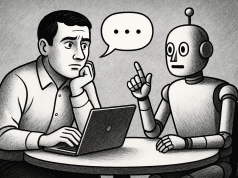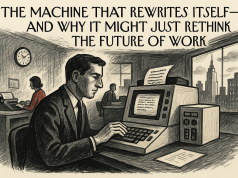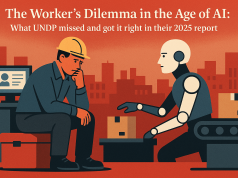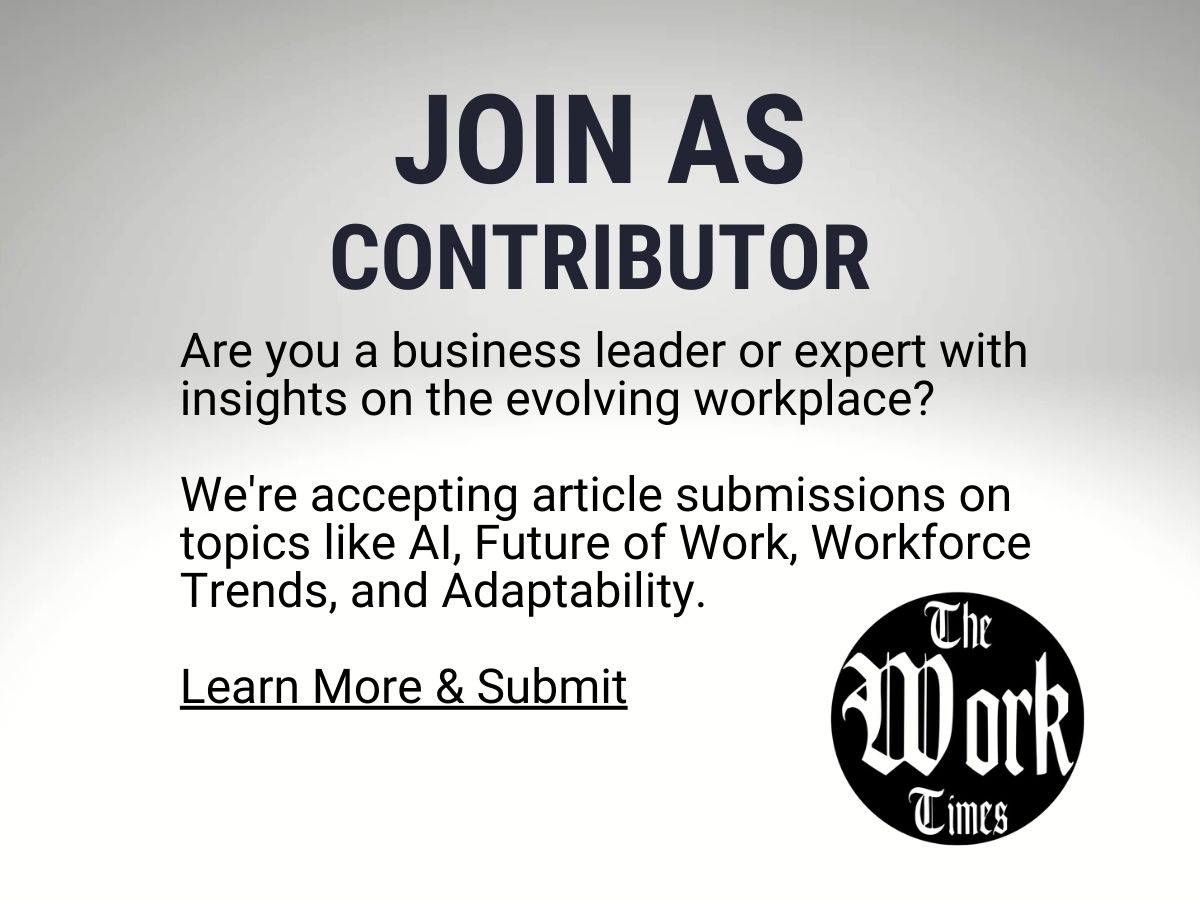Why Potential—Not Just Intelligence—Will Define the Future of Work
There’s an old saying: “Knowledge is power.” It’s a comforting thought—learn enough, memorize enough, stack up enough degrees, and you’ll be unstoppable.
But in reality? Knowledge alone isn’t power. Applied knowledge is power. And in today’s fast-moving world, the ability to learn, adapt, and collaborate is far more valuable than any static bank of information.
For too long, we’ve treated learning like a CPU (Central Processing Unit)—slow, sequential, and dependent on individual effort. Schools, universities, and corporate training programs all follow a “knowledge packing” approach—download as much information as possible into a person’s brain and hope they’ll eventually put it to good use.
But the world doesn’t work like that anymore. Problems are complex, evolving, and demand real-time, collective intelligence. If we truly want to unlock human potential, we need to stop thinking about learning as a personal data storage problem and start treating it as a distributed processing challenge—the way a GPU (Graphics Processing Unit) works.
What Are CPUs and GPUs?
To understand why learning needs to shift from a CPU model to a GPU model, let’s take a step back and look at how computers process information.
The CPU: The Traditional Learning Model
A CPU (Central Processing Unit) is the brain of a computer. It’s great at handling complex tasks, but one at a time. CPUs work in a sequential, step-by-step manner, which makes them ideal for general-purpose computing—like opening applications, running software, or executing commands.
Think of a CPU as a brilliant but single-minded problem solver—it can tackle difficult calculations, but it does them one after another.
The Problem? Traditional learning has been modeled after this.
- Schools and universities follow structured, sequential learning paths.
- You spend years mastering a subject before ever applying it.
- Learning is personal and individual, rather than collaborative.
But in today’s world, where problems don’t arrive one at a time, this approach slows us down.
The GPU: The Future of Learning
A GPU (Graphics Processing Unit), on the other hand, is designed for parallel processing. Instead of tackling one complex task at a time, it breaks a problem into thousands of smaller tasks and solves them simultaneously.
This is why GPUs are used for advanced computing, AI, machine learning, and gaming—where speed and adaptability are critical.
A GPU doesn’t just rely on its own processing power; it distributes the workload across many cores, making it vastly more efficient for complex, multi-layered problems.
What If Learning Worked Like This? Instead of treating knowledge as something that must be stored and retrieved, what if we designed learning systems that:
- Processed multiple learning streams simultaneously (like GPUs process thousands of pixels at once)?
- Encouraged real-time, peer-to-peer collaboration instead of isolated study?
- Enabled continuous knowledge sharing, so individuals didn’t have to “memorize everything” but could instantly access and apply knowledge as needed?
This is the shift we need—a GPU-based learning model that scales human potential, rather than limiting it.
Why the CPU Model of Learning Is Failing Us
Traditional learning is designed for an era where information was scarce. It follows a single-threaded approach:
- Learn first, apply later – Years of study before real-world exposure.
- Individual intelligence over collective intelligence – Each learner is responsible for memorizing and mastering knowledge in isolation.
- One-size-fits-all paths – Standardized curriculums ignore unique strengths, interests, and contexts.
- Static knowledge updates – Information lags behind real-world developments.
But here’s the fundamental issue: Intelligence alone isn’t enough. Potential—the ability to grow, adapt, and collaborate—is the real differentiator.
A brilliant individual working in isolation (CPU-style learning) will always be outperformed by a highly connected, rapidly learning network of people (GPU-style learning).
GPU-Based Learning: A Model for Scaling Human Potential
Modern GPUs don’t just process information faster than CPUs—they distribute workloads across thousands of cores, allowing parallel problem-solving at unprecedented scale.
If we designed learning like that, it would mean:
- Parallel Learning Over Sequential Learning
- Real-Time Knowledge Application
- Distributed Intelligence Over Individual Memory
- Learning That Adapts to Complexity
Focusing on Potential, Not Just Intelligence
Traditional education is obsessed with intelligence metrics—IQ scores, standardized tests, grades. But intelligence is just one variable in the equation of success. Potential—the ability to grow, unlearn, relearn, and collaborate—is what truly matters.
The workforce of the future will not be divided into “smart” and “not smart.” It will be divided into those who can adapt and those who cannot.
The question is no longer:
“How much do you know?”
It’s now:
“How fast can you learn?” “How well can you collaborate?” “How adaptable are you in a world that changes daily?”
This shift is critical. Intelligence alone is finite—it plateaus. Potential is infinite—it scales exponentially when connected to the right networks, tools, and communities.
What This Means for the Future of Work
Organizations that still rely on CPU-style, top-down learning models will struggle. The companies, teams, and individuals who thrive will be the ones who embrace:
- Parallel, real-time, contextual learning
- Collaborative, network-driven knowledge-sharing
- Adaptive, problem-first skill-building
The world is shifting from education as content storage to learning as a high-speed, interconnected intelligence system.
The future of work won’t be about who knows the most—it will be about who learns the fastest and collaborates the best.
Final Thought: Are You Upgrading Your Learning Model?
Much like GPUs revolutionized computing by handling massive complexity at scale, the next evolution of learning must shift from slow, isolated knowledge absorption to high-speed, networked intelligence.
Are you still processing knowledge like a CPU—slow, rigid, and isolated?
Or are you ready to upgrade to a GPU-based learning model—one that’s fast, collaborative, and designed for exponential growth?
Because in the future, intelligence will matter—but potential will win.

